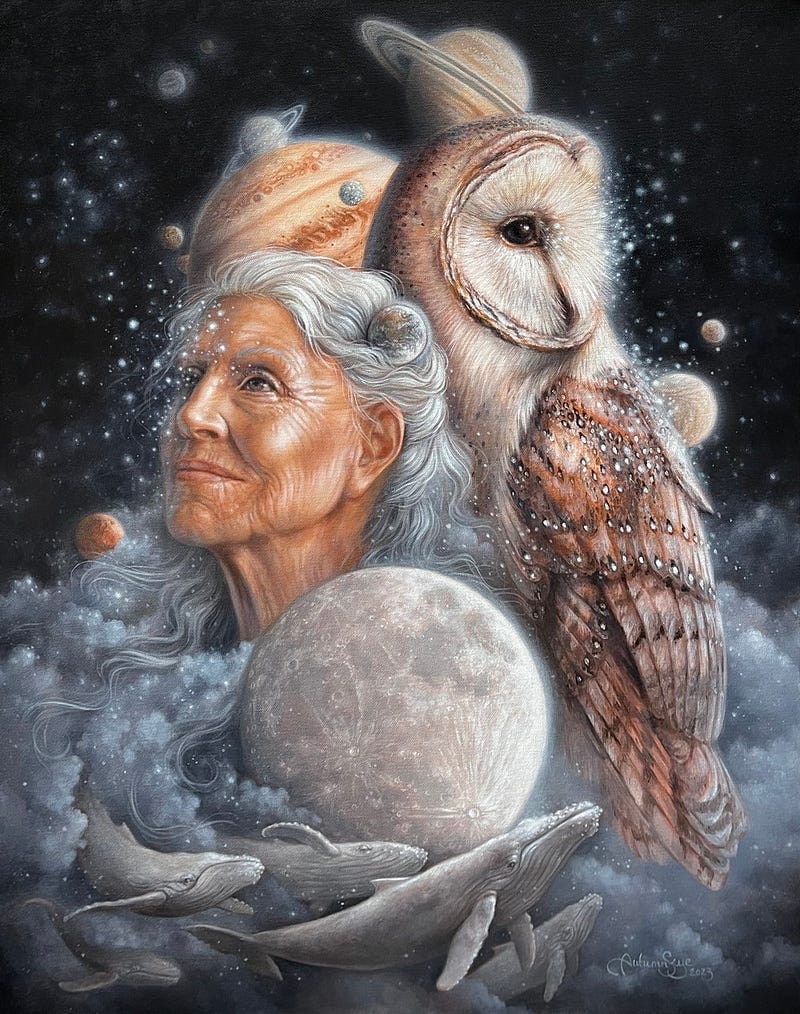Coherent Continuity
This Is Not Awareness As It Is Dualistically Defined, It Is Not The Ability To Be Aware, It Is The Ability To Manifest What Appears

This Is Not Awareness As It Is Dualistically Defined, It Is Not The Ability To Be Aware, It Is The Ability To Manifest What Appears
